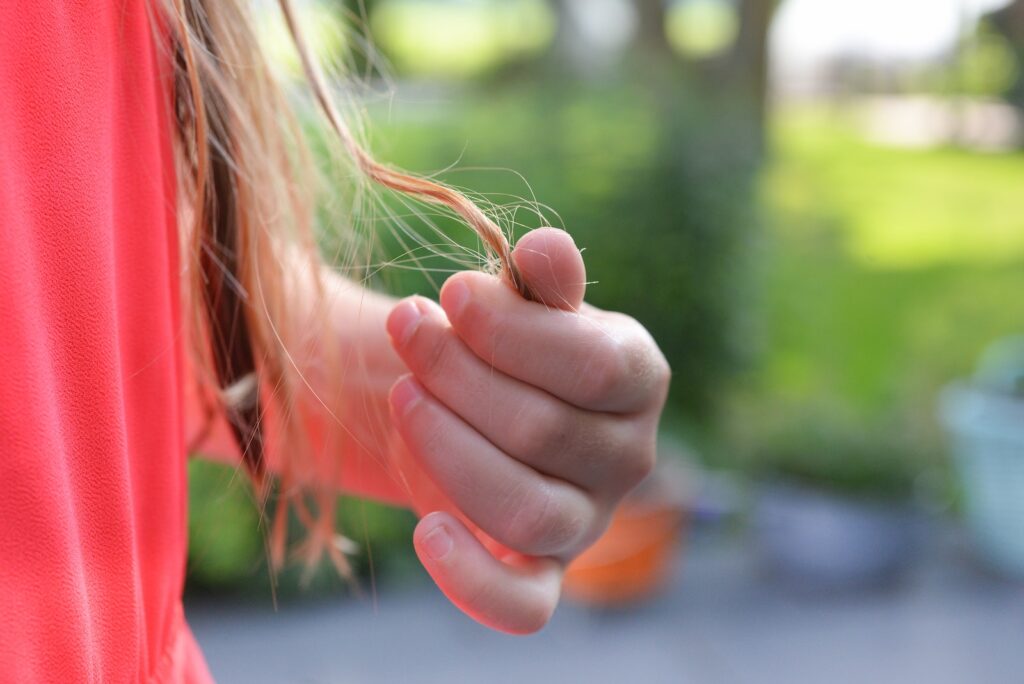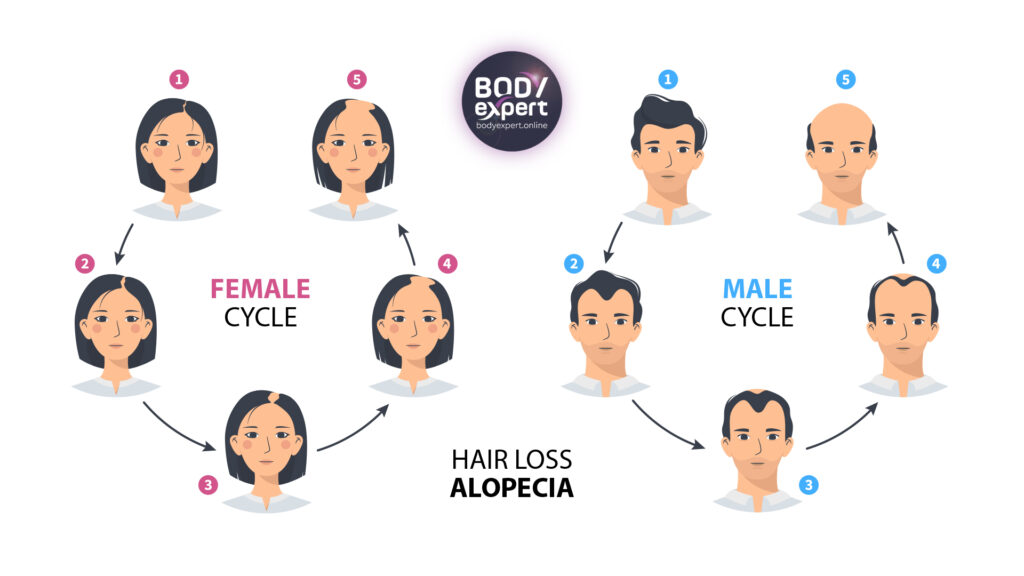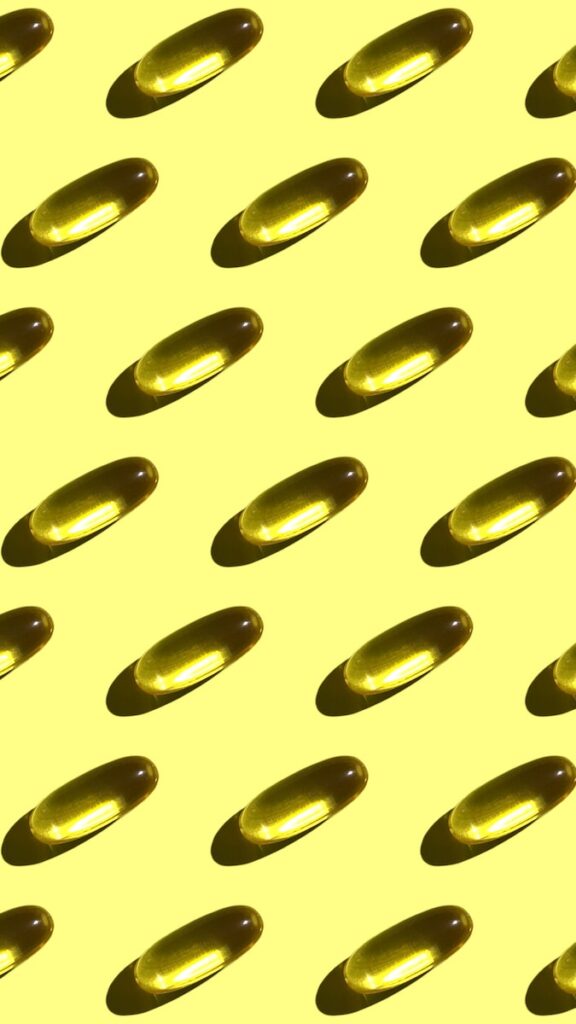
In this article, you will find valuable insights on hair loss patterns and effective solutions offered by stylish.ae. Whether you are struggling with receding hairline, thinning hair, or overall hair loss, this informative piece will help you gain a better understanding of the different patterns and available remedies to restore your confidence. With stylish.ae, you’ll discover expert advice and innovative products to address your hair loss concerns and achieve a stylish and rejuvenated look.
Introduction
Welcome to our comprehensive guide on understanding hair loss patterns and solutions! If you’ve been experiencing hair loss or are simply curious about the topic, you’ve come to the right place. In this article, we will explore the common causes of hair loss, different patterns of hair loss, and delve into specific types of hair loss such as male pattern baldness, female pattern baldness, alopecia areata, telogen effluvium, and traction alopecia. We will also debunk some common misconceptions about hair loss. So let’s dive in and learn more about this common concern!

Common causes of hair loss
Hair loss can occur due to a variety of causes, and it’s important to understand these factors to effectively address the issue. Hormonal changes, genetics, nutritional deficiencies, stress and anxiety, medical conditions, and certain medications and treatments are commonly associated with hair loss.
Hormonal changes
Hormonal changes, particularly imbalances in androgens such as dihydrotestosterone (DHT), can contribute to hair loss. DHT can bind to hair follicles, causing them to shrink and eventually leading to hair thinning or loss.
Genetics
Genetics play a significant role in determining whether an individual will experience hair loss. Family history can be a good indicator of whether you might be prone to hair loss or not.
Nutritional deficiencies
A lack of essential vitamins and minerals in your diet can also contribute to hair loss. Nutrients like iron, zinc, biotin, and vitamin D are crucial for healthy hair growth, and deficiencies in these nutrients can lead to hair thinning and breakage.
Stress and anxiety
Chronic or excessive stress and anxiety can disrupt the hair growth cycle and contribute to hair loss. It is important to find healthy coping mechanisms and stress-reducing activities to minimize the impact on your hair.
Medical conditions
Certain medical conditions, such as thyroid disorders, autoimmune diseases, and scalp infections, can lead to hair loss. It is essential to consult with a healthcare professional to diagnose and manage any underlying health issues.
Medications and treatments
Certain medications or treatments, such as chemotherapy, can cause temporary hair loss. It is important to discuss potential side effects with your healthcare provider before starting any medications or treatments.
Different patterns of hair loss
Hair loss can occur in various patterns, depending on the underlying cause. Let’s explore some common patterns of hair loss:
Male pattern baldness (androgenetic alopecia)
Male pattern baldness is the most common type of hair loss in men. It typically starts with a receding hairline and thinning at the crown. Over time, the hairline may continue to recede, resulting in partial or complete baldness.

Female pattern baldness
Female pattern baldness, also known as female pattern hair loss, is characterized by a gradual thinning of the hair on the crown and widening of the parting line. Unlike male pattern baldness, women typically do not experience complete baldness but may have significant hair thinning.
Alopecia areata
Alopecia areata is an autoimmune condition characterized by patchy hair loss. It occurs when the immune system mistakenly attacks the hair follicles, leading to hair loss in small, round patches. In some cases, it can progress to total hair loss on the scalp (alopecia totalis) or entire body (alopecia universalis).
Telogen effluvium
Telogen effluvium is a form of hair loss that occurs after a significant physical or emotional stressor. It disrupts the hair growth cycle, causing more hairs to enter the resting (telogen) phase and eventually fall out. This condition often leads to diffuse hair thinning rather than distinct bald patches.
Traction alopecia
Traction alopecia is caused by repetitive tension or pulling on the hair follicles. It commonly occurs due to hairstyles that put excessive stress on the hair, such as tight ponytails, braids, or hair extensions. Over time, this constant pulling can lead to hair breakage and thinning in the affected areas.
Understanding male pattern baldness
Male pattern baldness is the most prevalent form of hair loss in men, affecting about two-thirds of men by the age of 35. To understand male pattern baldness, it’s essential to grasp the hair growth cycle and the factors contributing to the condition.
The hair growth cycle
Hair growth occurs in three phases: anagen (growth), catagen (transition), and telogen (resting). Each hair follicle goes through these phases independently, resulting in a continuous cycle of hair growth. In individuals with male pattern baldness, the growth phase becomes progressively shorter, leading to thinner and shorter hair strands.
How male pattern baldness occurs
Male pattern baldness is primarily influenced by genetics and hormonal factors. In individuals genetically predisposed to the condition, hair follicles become sensitive to the hormone DHT. As DHT binds to specific receptors on the hair follicles, it causes miniaturization, leading to shorter and finer hair strands. Eventually, the affected hair follicles cease to produce visible hair.
Norwood-Hamilton scale for male pattern baldness progression
The Norwood-Hamilton scale is often used to classify the progression of male pattern baldness. It has several stages, ranging from slight recession of the hairline (Class 1) to extensive hair loss on the crown and temple regions (Class 7). Understanding the stage of your hair loss can help determine appropriate treatment options.
Factors that contribute to male pattern baldness
In addition to genetics and hormonal factors, other contributors to male pattern baldness include aging, certain medications, and underlying medical conditions. Additionally, lifestyle factors such as smoking, poor nutrition, and excessive stress may exacerbate hair loss in individuals already predisposed to the condition.
Understanding female pattern baldness
While female pattern baldness may not be as commonly discussed as its male counterpart, it is still a significant concern for many women. Let’s explore the unique characteristics of female pattern baldness and the factors contributing to the condition.
The hair growth cycle in women
Similar to men, women also have a hair growth cycle consisting of anagen, catagen, and telogen phases. However, the duration of each phase and the overall hair density differ between genders. Women tend to have longer anagen phases, leading to longer hair strands, but are also susceptible to the effects of female pattern baldness.
How female pattern baldness occurs
Female pattern baldness is influenced by a combination of genetic and hormonal factors. While it may not present as a receding hairline or complete baldness, women with the condition typically experience diffuse hair thinning throughout the crown and parting line. The hair follicles become miniaturized over time, resulting in finer and shorter hair strands.
Ludwig scale for female pattern baldness progression
The Ludwig scale is often used to assess the progression of female pattern baldness. It consists of three stages, ranging from mild thinning in the crown area (Stage I) to significant hair loss with more pronounced thinning (Stage III). Understanding the stage of your hair loss can help determine appropriate treatment options.
Factors that contribute to female pattern baldness
In addition to genetic and hormonal factors, female pattern baldness can be influenced by age, certain medical conditions (such as polycystic ovary syndrome), hormonal imbalances (such as pregnancy or menopause), and extreme hairstyles that put excessive stress on the hair. It is important to address any underlying causes or imbalances to effectively manage hair loss in women.
Understanding alopecia areata
Alopecia areata is an autoimmune condition that manifests as patchy hair loss. It occurs when the immune system mistakenly attacks the hair follicles, leading to hair loss in one or more small, smooth patches on the scalp, face, or body. Understanding the types, causes, symptoms, and treatment options can help individuals with alopecia areata navigate this often challenging condition.
Types of alopecia areata
Alopecia areata can present in various forms, including alopecia areata monolocularis (a single patch of hair loss), alopecia areata multilocularis (multiple patches), alopecia totalis (complete loss of scalp hair), and alopecia universalis (total loss of hair on the scalp and body).
Causes and triggers
The exact cause of alopecia areata is unknown, but researchers believe it is a combination of genetic and environmental factors. Triggers such as extreme stress, trauma, infections, and certain medications may contribute to the development or exacerbation of the condition.
Symptoms and progression
The primary symptom of alopecia areata is the sudden appearance of round or oval patches of hair loss. The affected areas are usually smooth and devoid of hair. In some cases, the condition may progress to total hair loss on the scalp or even the entire body. Regrowth of hair in the affected areas can also occur spontaneously.
Treatment options
While there is currently no cure for alopecia areata, various treatment options can help manage the condition and promote hair regrowth. These may include topical treatments, oral medications, injections, and therapies such as microneedling or laser therapy. It’s important to consult with a dermatologist to determine the most suitable treatment approach for your specific situation.

Understanding telogen effluvium
Telogen effluvium is a form of hair loss characterized by excessive shedding of hair during the telogen (resting) phase of the hair growth cycle. It is often triggered by significant physical or emotional stressors. Understanding the causes, symptoms, and treatment options can help individuals manage telogen effluvium effectively.
Causes and triggers
Telogen effluvium can be triggered by a variety of factors, including major surgery, childbirth, sudden weight loss, severe illness, emotional stress, medications, hormonal changes, and nutritional deficiencies. These triggers can disrupt the hair growth cycle, pushing more hair follicles into the telogen phase and eventually leading to shedding.
Symptoms and progression
The primary symptom of telogen effluvium is excessive hair shedding. Individuals may notice more hair than usual falling out when brushing, washing, or styling their hair. Unlike other forms of hair loss, telogen effluvium does not cause distinct patches or bald spots but rather leads to overall hair thinning.
Treatment options
Telogen effluvium is often a temporary condition, and hair growth typically resumes once the underlying trigger has been addressed or resolved. However, it is important to consult with a healthcare professional to identify and manage the underlying causes effectively. In some cases, supplements or topical treatments may be recommended to support hair regrowth during the recovery period.

Understanding traction alopecia
Traction alopecia is a form of hair loss that occurs due to repetitive tension or pulling on the hair follicles. This condition is commonly seen in individuals who frequently engage in tight hairstyles or use hair accessories that place excessive stress on the hair. Understanding the causes, symptoms, and preventive measures can help individuals prevent and manage traction alopecia.
Causes and risk factors
Traction alopecia is primarily caused by repeated and prolonged tension on the hair. This can result from tight hairstyles such as braids, ponytails, buns, or the use of hair extensions, weaves, or hair accessories that pull on the hair follicles. Individuals with fragile or delicate hair are at a higher risk of developing traction alopecia.
Symptoms and progression
The initial symptoms of traction alopecia may include hair breakage, thinning, or a receding hairline in the areas exposed to tension. If the pulling continues, the affected areas may experience permanent hair loss. It’s essential to address the issue early on to prevent irreversible hair damage.
Prevention and treatment
Preventing traction alopecia involves adopting hairstyles that do not strain or pull on the hair follicles. Avoiding tight hairstyles, reducing the use of heat styling tools, using gentle hair accessories, and allowing the hair to rest from tension-inducing styles are key preventive measures. In mild cases, hair regrowth may occur once the tension is relieved. However, in more severe cases, medical intervention or hair transplantation may be necessary.

Common misconceptions about hair loss
Let’s debunk some common misconceptions about hair loss to provide a better understanding of this complex issue.
Wearing hats causes hair loss
Contrary to popular belief, wearing hats does not directly cause hair loss. While it is true that excessively tight hats or caps can potentially lead to traction alopecia if worn for extended periods, simply wearing a hat in itself does not contribute to hair loss. It’s important to ensure that hats or headwear are comfortable and do not put undue pressure on the hair follicles.

Frequent shampooing leads to hair loss
Another common misconception is that frequent shampooing can cause hair loss. However, regular shampooing does not directly lead to hair loss. In fact, washing the hair regularly helps maintain scalp health and keeps the hair clean. It is the aggressive rubbing or pulling of wet hair, or the use of harsh shampoos or styling products, that can contribute to hair breakage or damage.
Hair loss is only a problem for older people
Hair loss is often associated with aging, but it can affect individuals of all ages. While the prevalence of certain types of hair loss, such as male pattern baldness, tends to increase with age, it does not mean that younger individuals are exempt from experiencing hair loss. Factors such as genetics, hormonal changes, stress, and lifestyle can contribute to hair loss at any age.
Conclusion
We hope this comprehensive guide has provided you with valuable insights into the causes and patterns of hair loss, as well as specific types of hair loss such as male and female pattern baldness, alopecia areata, telogen effluvium, and traction alopecia. Understanding the underlying factors contributing to hair loss and debunking common myths will help you make informed decisions in managing and addressing this common concern. Remember, if you are experiencing significant hair loss or have concerns about your hair health, it’s advisable to consult with a healthcare professional or dermatologist for personalized guidance and treatment options.




